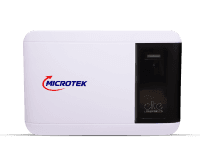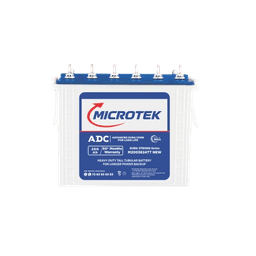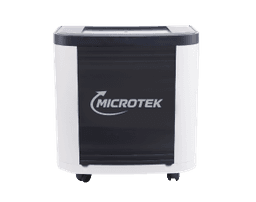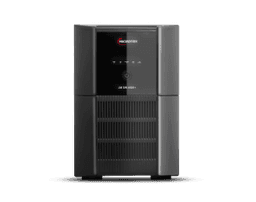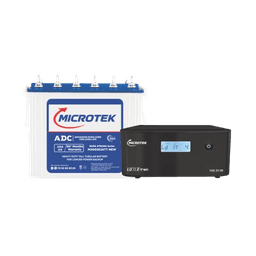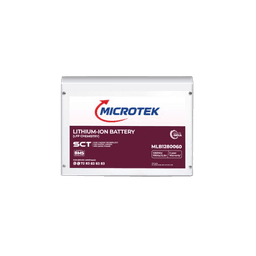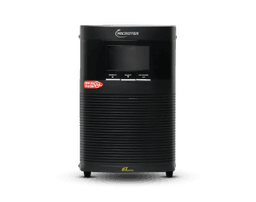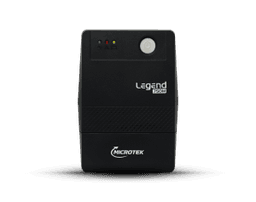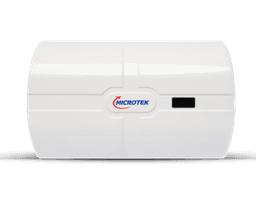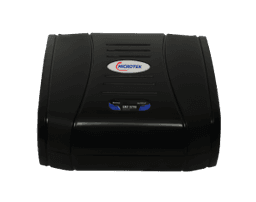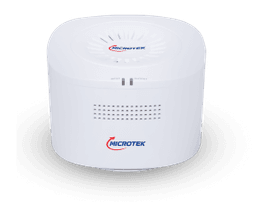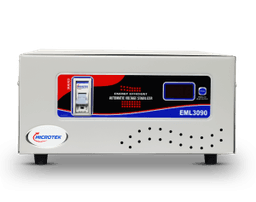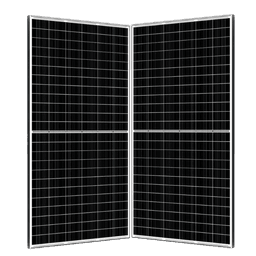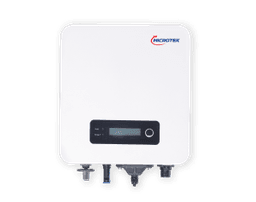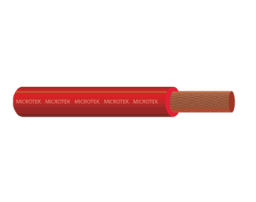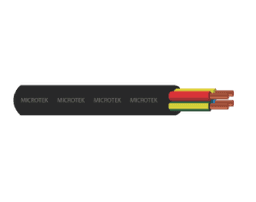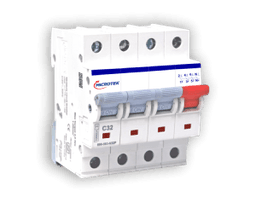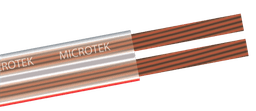
How PWM Technology Works in Solar PCUs
With the innovations of new solar power technologies, Pulse Width Modulation has been a mainstay for several Solar Power Conditioning Units. While MPPT technology has made great headlines in the last couple of years, understanding PWM technology is still important to get a sense of how solar power systems work.
What is PWM Technology?
Pulse Width Modulation(PWM), is the technology used for the control of the amount of power to be given out to electrical devices. It is a method for controlling the amount of power reaching a device using an electrical signal with a constant frequency. . Instead of supplying a continuous voltage, PWM delivers power in a series of on-and-off pulses. The width of the pulses determine the effective voltage and correspondingly an average power supply.
Role of PWM in Solar PCUs
PWM technology plays a very important role in the effective management and conversion of solar power within solar Power Conditioning Units. A detailed look at how PWM technology operates within systems is described below:
Voltage Regulation:
Input Variation:
Solar panels generate electricity in Direct Current form; however, the output voltage may vary due to changing sunlight conditions and temperature variations across the panel.
PWM adjustment:
In PWM, the controller changes the duty cycle of the pulses. It modulates the pulse width continuously to maintain the voltage output constant. This enables efficient harnessing of solar energy.
Battery Charging:
Charging batteries:
Stages of charge: A PWM controller regulates the charging of the battery in three stages namely; Bulk Charging, Absorption Charging, and Float Charging.
Bulk Charging: It provides high current to the battery to charge it quickly. • Absorption Charging: The current is lowered while the voltage remains constant to complete charging.
Float Charging: A small current is given to the battery in order to keep it full without overheating.
Current Regulation: PWM controllers reduce charging current based on the state of charge of the battery to prevent overheating and prolong battery life.
Conversion Efficiency:
Minimum Loss of Energy: PWM controllers are designed to convert DC power with minimal loss of energy. Effectively handling the voltage and current, PWM technology makes sure more solar energy gets effectively used.
Heat Management:
Less Generation of Heat: As compared to other technologies, PWM controllers generate less heat because they efficiently modulate the power. This not only maintains the reliability but also the long-term life of the solar PCU components.
Technical Working of PWM Controllers
Frequency Modulation:
Switching Frequency: The PWM controllers work by switching the frequency of the waveform applied to them in the input. For instance, it can take a sine waveform and switch it at 50 Hz, while the PWM controller modifies this to suit load or battery demands.
Waveform Manipulation:
Circuitry: PWM controllers utilize components like inductor chokes for waveform modulation. It controls the on/off states of those components to shape the output waveform that the connected load or battery would require.
Types of PWM Controllers:
Single Pulse PWM: Modulates with a single pulse.
Multi PWM: It uses multiple pulses to provide finer control.
Sinusoidal PWM: Applications that require sinusoidal waveforms, like household appliances.
Benefits of PWM Technology in Solar PCUs
High Battery Efficiency: The PWM controller can hold the battery capacity between 90- 95%, while on-off type used to hold at 55-60%.
Prevents Overheating: The PWM controller keeps the current and voltage in check, thus averting overheating and gasification of the batteries.
Cost-Effectiveness for Small Systems: Historically, PWM controllers used to be a cost effective solution for small solar systems.
PWM technology is one of the integral parts of solar PCUs if one considers the progression of solar power management. Although superseded by MPPT technology for larger and more complex systems, PWM controllers played a very huge role in developing solar energy systems. The characteristics of voltage regulation, management of battery charging, and efficiency have been challenges leading to more advanced technologies applied today in this respect.
- Copy :

